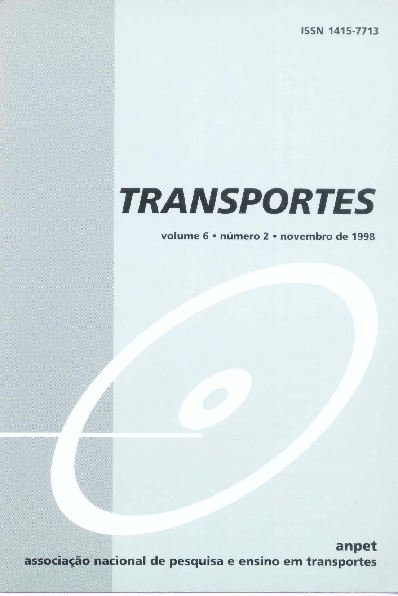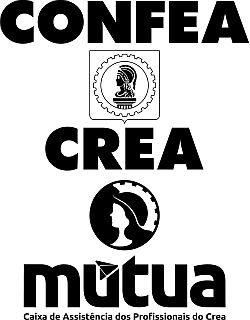Vehicle Scheduling with Network Flow Models
DOI:
https://doi.org/10.14295/transportes.v6i2.250Abstract
Este trabalho retrata a primeira fase de uma pesquisa de doutorado voltada para a utilização de modelos de fluxo em redes para programação de veículos (de ônibus, em particular). A utilização de modelos deste tipo ainda e muito pouco explorada na literatura, principalmente pela dificuldade imposta pelo grande numero de variáveis resultante. Neste trabalho são apresentadas formulações para tratamento do problema de programação de veículos associados a um único depósito (ou garagem) como problema de fluxo em redes, incluindo duas técnicas para reduzir o numero de arcos na rede criada e, conseqüentemente, o numero de variáveis a tratar. Uma destas técnicas de redução de arcos foi implementada e o problema de fluxo resultante foi direcionado para ser resolvido, nesta fase da pesquisa, por uma versão disponível do algoritmo Simplex para redes. Problemas teste baseados em dados reais da cidade de Reading, UK, foram resolvidos com a utilização da formulação de fluxo em redes adotada, e os resultados comparados com aqueles obtidos pelo método heurístico BOOST, o qual tem sido largamente testado e comercializado pela School of Computer Studies da Universidade de Leeds, UK. Os resultados alcançados demonstram a possibilidade de tratamento de problemas reais com a técnica de redução de arcos.
ABSTRACT
This paper presents the successful results of a first phase of a doctoral research addressed to solving vehicle (bus, in particular) scheduling problems through network flow formulations. Network flow modeling for this kind of problem is a promising, but not a well explored approach, mainly because of the large number of variables related to number of arcs of real case networks. The paper presents and discusses some network flow formulations for the single depot bus vehicle scheduling problem, along with two techniques of arc reduction. One of these arc reduction techniques has been implemented and the underlying network flow problem addressed to be solved, in research, using a code of the network Simplex algorithm. Test problems based on real cases from the city of Reading, UK, were solved by the network flow approach and the results were compared with those provided by the BOOST system, which has been well tested and commercialized by the School of Computer Studies, University of Leeds, UK. The results show the feasibility of real case treatment with the adopted approach.
Downloads
Downloads
Published
How to Cite
Issue
Section
License
Authors who submit papers for publication by TRANSPORTES agree to the following terms:
- The authors retain the copyright and grant Transportes the right of first publication of the manuscript, without any financial charge, and waive any other remuneration for its publication by ANPET.
- Upon publication by Transportes, the manuscript is automatically licensed under the Creative Commons License CC BY 4.0 license. This license permits the work to be shared with proper attribution to the authors and its original publication in this journal.
- Authors are authorized to enter into additional separate contracts for the non-exclusive distribution of the version of the manuscript published in this journal (e.g., publishing in an institutional repository or as a book chapter), with recognition of the initial publication in this journal, provided that such a contract does not imply an endorsement of the content of the manuscript or the new medium by ANPET.
- Authors are permitted and encouraged to publish and distribute their work online (e.g., in institutional repositories or on their personal websites) after the editorial process is complete. As Transportes provides open access to all published issues, authors are encouraged to use links to the DOI of their article in these cases.
- Authors guarantee that they have obtained the necessary authorization from their employers for the transfer of rights under this agreement, if these employers hold any copyright over the manuscript. Additionally, authors assume all responsibility for any copyright infringements by these employers, releasing ANPET and Transportes from any responsibility in this regard.
- Authors assume full responsibility for the content of the manuscript, including the necessary and appropriate authorizations for the disclosure of collected data and obtained results, releasing ANPET and Transportes from any responsibility in this regard.









